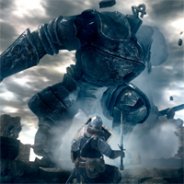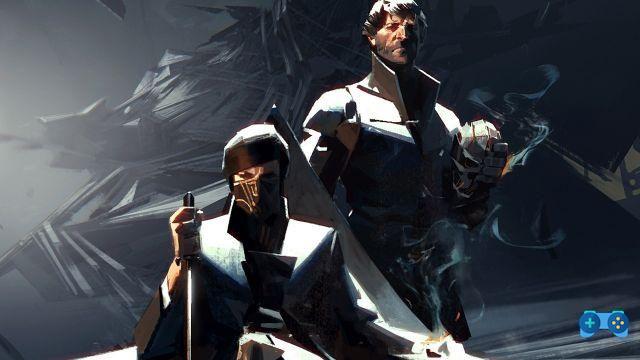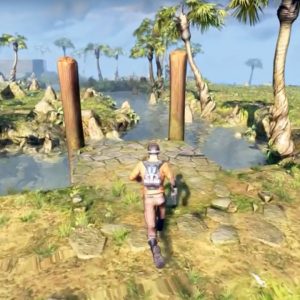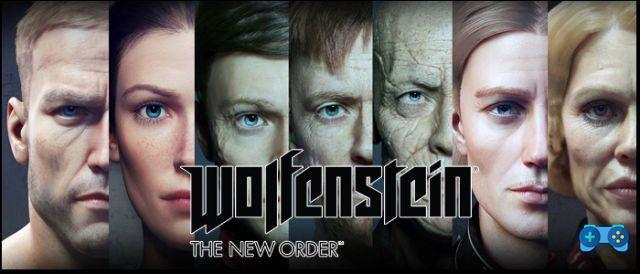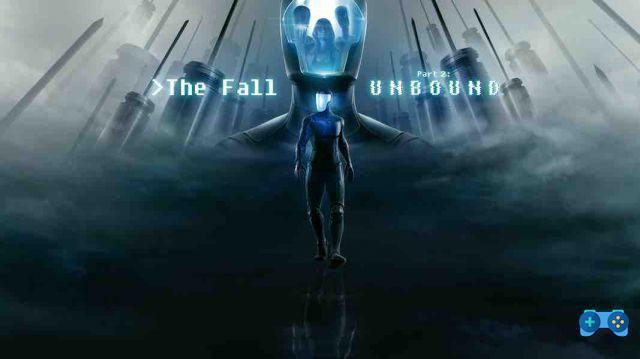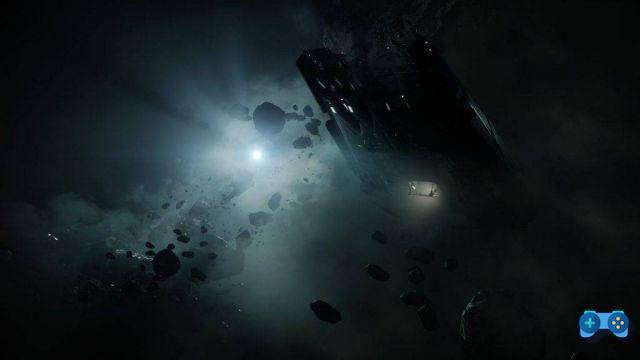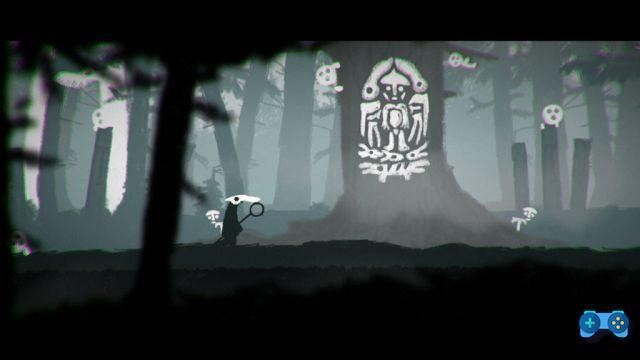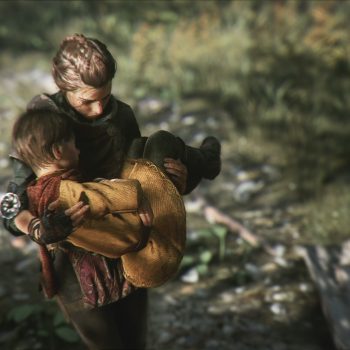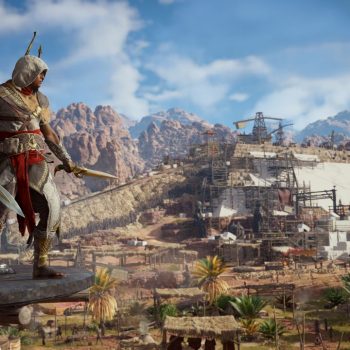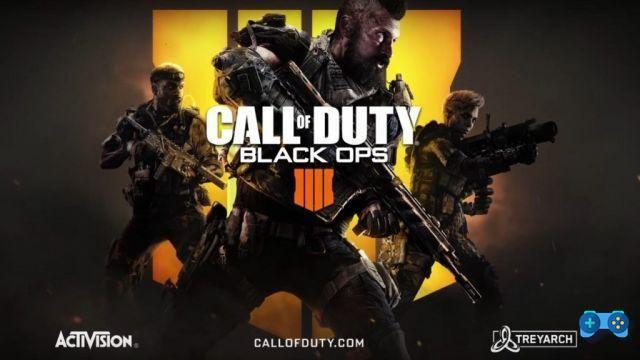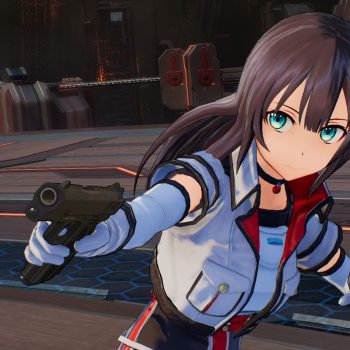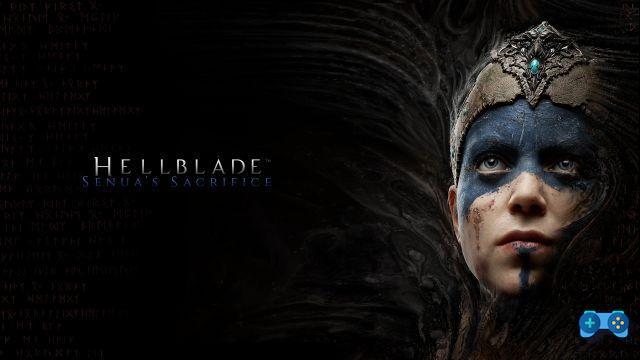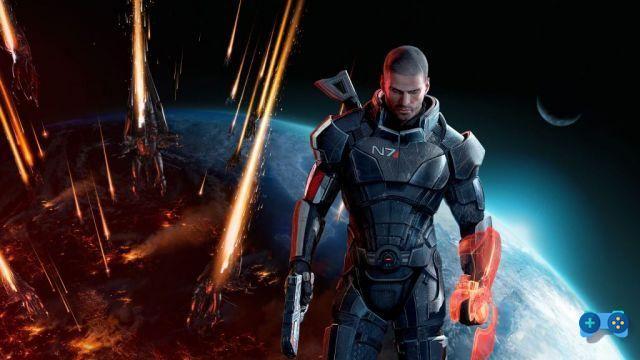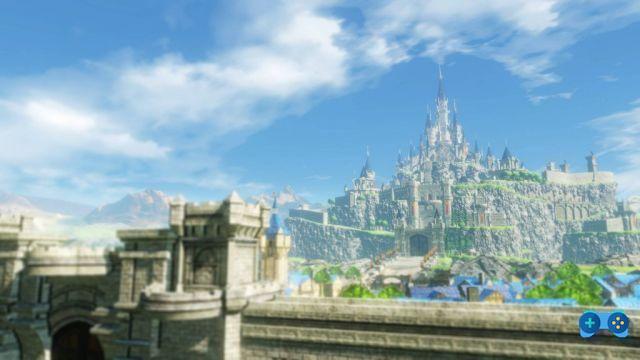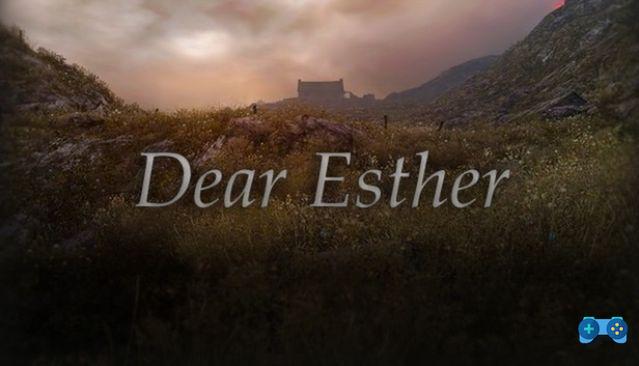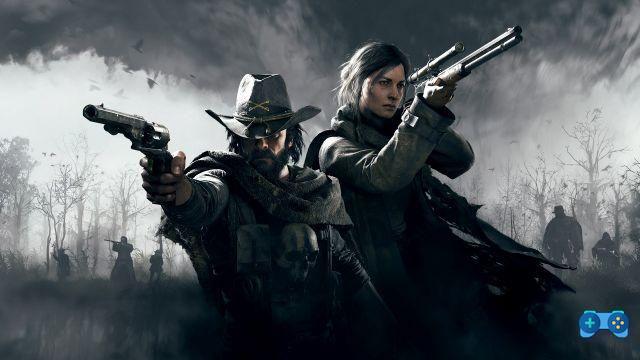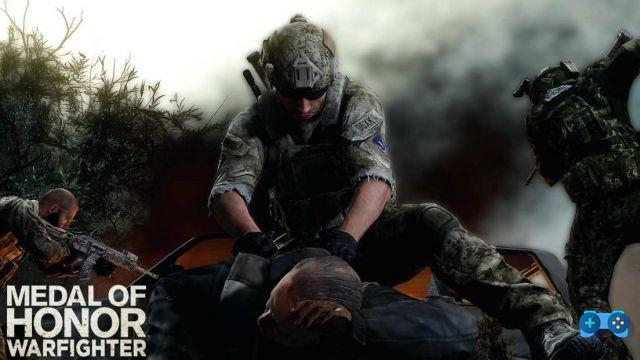
When the conflict becomes global, there is no longer a safe place!
Tested version Personal Computer, Playstation 3, Xbox 360.
The Medal of Honor franchise was put by Electronic Arts in the hands of Danger Close with the task of reviving it and bringing it back to the success it deserves.
After the half misstep made with the 2010 edition, the team of developers has returned to the charge by reinforcing themselves with a first-rate collaboration, or the real Tier 1 Operators, military special troops operating all over the world in missions very delicate and high risk.
Will the team be able to improve the good things proposed in the 2010 chapter and file the defects to aim high?
For the valor and honor
The main plot of Medal of Honor: Warfighter focuses on the character Preacher, a soldier who has given a lot for his homeland, always alongside the duty, perhaps too much, ending up ruining his marital relationship, now in crisis. When Preacher returns to his homeland and tries to meet his family to win back the affection of a wife and daughter, the actions he performed some time ago come back to mind.
To create instability not only in Preacher but in the Western population is the discovery of a terrorist cell that is operating by disseminating terror, using the PETN, a powerful and lethal plastic explosive.
Through a continuous passage between present and past, reliving missions performed months, weeks before, the user must put together the pieces of the puzzle and understand how the ending will be built.
For those who played the previous chapter, the thread that stretched the plot was hunting for Bin Laden, the leader of the Islamic terrorists indicated as the instigator of the massacre of the Twin Towers in New York, which now lies in the depths of the Arabian Sea after the killing in Pakistan. To feed the plot now in Medal of Honor: Warfighter, new chapter developed by Danger Close, were taken real and current events around the world that have as protagonists of our time as the Islamic military groups of Al-Shabaab in Somalia.
The conflict thus becomes more bloody and harsh. The story now focuses on what Preacher, as well as on his companions Voodoo e Mother, have fought up in the mountains of Afghanistan, those Tier 1 members who feel the burden of having to fight not only to complete the goal, but to save their skin and earn a return home where there are those who wait for them .
Fight for the homeland
The clash between Tier 1 soldiers and terrorists takes place in several places, touching locations in Somalia, Pakistan, Afghanistan, the Philippines. Each mission puts the user in situations that are always different, particular.
Pad in hand, the game returns a feeling of pure, real confrontation, with continuous suggestions on how to approach the enemy following military tactics.
The commands are those by now consolidated for FPS to which are added the recall variants to particular settings such as the weapon fire selector, an extra function for air support, hide the HUD; all placed in the directional cross of the pad. Added to this is the novelty introduced by the team of leaning out behind cover when kneeling, simply using the left analog lever of the pad and being able to aim for a better chance of hitting. Also good the chance running to slide behind a cover using the same button to kneel. It lacks the possibility of a dolphin altogether, that is, being able to jump and fly in a prone position.
Every time you grab a gun and fire, you feel a different feeling thanks to the variation of the recoil, especially between single and burst firing, while with the selected target you can increase the zoom in some weapons by clicking on the right analog lever.
During the 13 missions that make up the single player campaign, you go from the traditional peak phases and shoot to other interesting ones such as piloting an EOD to make your way through the enemies and support the allied troops, driving a car in the chaotic city in Afghanistan or a boat in the rough waters of the Philippines, and so on.
The pleasant surprise is that these phases are carried out with great care, so much so that, for example, the car to be driven appears with an intuitive and at the same time different maneuverability depending on whether you are traveling on city streets or on muddy or dirt roads. The same goes for the boat which changes movement and inertia according to the waves hit during your ride.
The gameplay is therefore pleasant and, thanks to a reduced HUD that can also be made to disappear, moving between the various settings is also satisfying. Artificial intelligence spoils the gaming experience. Speaking of the enemy, he alternates between stupid soldiers and others who are quick to move around, especially those who have an RPG, also able to hide immediately after dropping a rocket. Others aim at you indiscriminately with rifles or simple sidearms knowing that they can perish shortly thereafter but by exploiting for example the moments of recharging your mouth of fire. But the problem is that everything is scripted, damn scripted.
We would never have expected from a title devoted to realism, to see the behavior of the enemies too predictable, to always follow the same movements. Just repeat a checkpoint in the classic “trial and error” to progress smoothly. We mention some strange behaviors such as, for example, an opponent who does not turn around knowing that you are running on him and continues to shoot from another side and while pointing out your position, he continues as if nothing was waiting only for you to kill him.
The higher difficulty level than Normal, suggested at the beginning of the game, only decreases your resistance to blows without making the firefight more difficult, not to mention frustrating. The Hard level appears unbalanced compared to Normal, so you happen to succumb in a pool of blood under only two hits against at least six or seven.
The story, which should continue what has already been told in the previous chapter, gets lost in a direction that necessarily wants to focus on certain events without creating a glue between them, ending up boring a lot. Finally, the characterization of the characters, both Preacher and his comrades in arms Mother, Stump, Mako, Voodoo, Rabbit, or even the infiltrator Argyrus, do not have the right attention to delve into who they are and what they do in that context. , ending up being easily forgotten. Only the last part, that is the last four missions, achieve a good charisma and make sure to show a worthy conclusion that opens up to new scenarios, not to mention a probable sequel. homeland; going home would mean putting together the pieces that make up her marriage, seriously undermined by her distance. Every day he keeps in mind why he fights, his ultimate goal. And it is this very personal story that will lead the player to follow the events, the evolutions, the problems due to those who belong to the military corps of the US Navy Seals, discovering a family torn apart by years of military displacement. Everything becomes distressing, excruciating, when a powerful synthetic explosive, PETN, used not only to destroy but also to contaminate as toxic, explodes beyond the border, in civilian areas, reversing the positions hitherto taken for granted. One can never imagine a terrorist attack on one's own land. Preacher and his companions find themselves in Task Force Mako and decide to do the things they do best: solve the problem!
The global online conflict
If you got bored in the single player campaign, get ready to get excited about the heated online challenges. The multiplayer component shows off a unique characterization that manages to have a soul of its own.
This component allows, in addition to the classic Quick Match, the ability to browse servers to access games, create a Party Game among friends to find each other easily, and so on. The integration with Battlelog, the digital platform to manage your game statistics developed by the ESN team, has been integrated bringing what is already known to the players of Battlefield 3.
The challenge modes range from the traditional Team Deathmatch and Home Base (for all it is Capture the Flag), to others such as Sector Control and Combat Mission. These modes typically have three to five rounds in which to try to excel. The last two reflect Battlefield 3's Conquest and Race, with the variant that to conquer the territory you have to stay and defend it for a certain period of time by killing the enemy, while the other challenge proposes to trigger a single bomb to be placed in a set point on the map for each available round.
Then there is also the Hot Spot mode, in which during a game session the challenges listed above are proposed in the ways and times decided a priori and the rounds are always five.
While playing in two distinct factions, Medal of Honor: Warfighter introduces the novelty of the Fire Team. In practice, this mini-team consisting of only two elements is the real focus of the game. In fact, in addition to playing for the faction, the very important thing is to play well and co-ordinated between you and your fellow soldier. The entire online gaming experience revolves around the Fire Team system. If no player is available on the network, the CPU will do its good job of replacing it.
The system rewards the way you play, the weapon you use to unlock others or upgrade existing ones, by collecting prizes, ribbons and medals, while simply leveling up you unlock other classes, such as Sniper, Blaster, Demoman, Heavy Machine Gunner, Incursor and Special Forces in addition to the initial Assault Force.
And it can be said with confidence that the gameplay is really captivating, encouraging the player to give their all to unlock the weapons, which make up a vast arsanele, but above all the in-game rewards. Every 50.000 points you get a star for your class: Marksman, Special Marksman, Expert.
If we count that for the twelve Tier 1 troops proposed and the six classes available, the variants of approach to the challenges are many and, with the system of having to unlock them, they are all to be discovered. Did you think it was all there? But no. The team also invented the Warfighter Nations, also called simply Nations.
Every time you enter a match, the player gets tokens that increase significantly if the match ends in a win. These tokens are accumulated for up to one week after which they are reset. The tokens are used to buy bonuses lasting one day, up to a maximum of seven per day, and act as multipliers (x2, x3, x4, etc.) to raise your scores in the game and at the same time can be used to advance your nation in the global rankings.
The sore point is with maps. The eight proposed settings are structured in such a way as to have a certain possibility of movement but without exaggerating in order to have a certain tight rhythm in the clashes. Only two of these offer a certain variety of map conformation, with different roads and level changes, and are the Sarajevo stadium and the Al Fara Promontory, while the others show little attention to detail and sin in funnel situations for easy meat mincers, like the lagoon.
The netcode is very good, thanks to the dedicated servers, but it can happen that you have to spend more shots to knock out an opponent. This is actually a false problem as each class type displays a variety of information about agility, stamina, ammo capacity and so on in the top left of the screen before its selection confirmation.
Frostbite 2.0 between joys and sorrows
The DICE graphics engine, which became famous with Battlefield 3, is now exploited beyond belief by EA in many titles, given its great scalability and versatility. But in a shooter like Medal of Honor: Warfighter he makes a different use of it.
The Danger Close development team has changed some of the power that the engine can express by focusing more on effects than on destructibility. The sacrifice was dosed properly while still guaranteeing situations in which rocky walls used as cover crumble if devastated by a missile or a submachine gun.
The use of lights is very striking, which is reflected in a different way at each moment depending on our position, the environmental effects that add incredible immersion to the places being explored, the explosions highlighted by an excellent flames effect and by excellently crafted particles especially with regard to smoke and debris.
The interlude scenes, pre-rendered, are among the best made in computer graphics, and the passage of some with the game ones leaves you speechless for the skill of the programmers in having been able to exploit the engine optimally so as not to deviate very general on-screen quality. Also nice the effect when shooting in the middle of desks, with the papers flying and all the rest.
All this polishing expires when you take up a weapon, reproduced with textures and a low-detailed color palette, as if to make it look like a toy. Many of the textures that cover objects in the environment tend to lose detail when approached. The animations then often sin of being careless, especially for the characters so much that one regrets not having used ANT, the "motion capture" of FIFA that debuted in FPS with Battlefield 3, of which EA holds the rights.
The sound part is a riot of effects that denotes the sublime work done by the team in reproducing every different sound, whether it is a bullet shattered on metal or wood, explosions, footsteps, even ambient noises and so on.
Excellent dubbing in Spanish, excellently constructed to capture every moment, from the most chaotic to the serene, from the dramatic to the ironic.
The differences between PC and PS3 and 360 consoles are evident in the quality of the textures and in being able to take advantage of a higher resolution with relative detail, and a 60pfs framerate (hardware permitting) compared to only 30fps of the consoles. But the strange thing that you notice is between PS3 and 360 consoles where the SONY flagship is much better than the Microsoft counterpart, affected in addition to a decrease in light effects evident in the most excited scenes also from tearing due to the inability to manage the framerate.
Final comment
Medal of Honor: Warfighter filled the days that separated it from the release with a series of videos and information that increased the hype in an incredible way, and perhaps this was the mistake unfortunately for a product undermined by so many defects as much as it's about the single player campaign, devoid of bite and memorable scenes. On the other hand, the online challenges that manage, thanks to the available modes, the different classes and related equipment to entertain, mixing a frenetic CoD shooter with lots of rewards for kills with the unprecedented way to be part of the Fire Team, all supported by a good netcode. Ultimately, a beautiful title without a soul for history and capable of immersing lovers of the FPS genre in online games.
Votes
Playability 60
Graphics 80
Sound 88
Longevity 50
Overall 70
For
- Multiplayer challenges are varied and captivating thanks to 6 classes for each nationality
- Some impressive visual effects
- Very nice audio compartment
Cons
- Boring single player campaign
- Excessive use of "scripts"
- Character animations not always curated
The title is available from 25 October 2012 on the PC, PlayStation 3, Xbox 360 platform.
Deprecated: Automatic conversion of false to array is deprecated in /home/soultricks.com/htdocs/php/post.php on line 606




